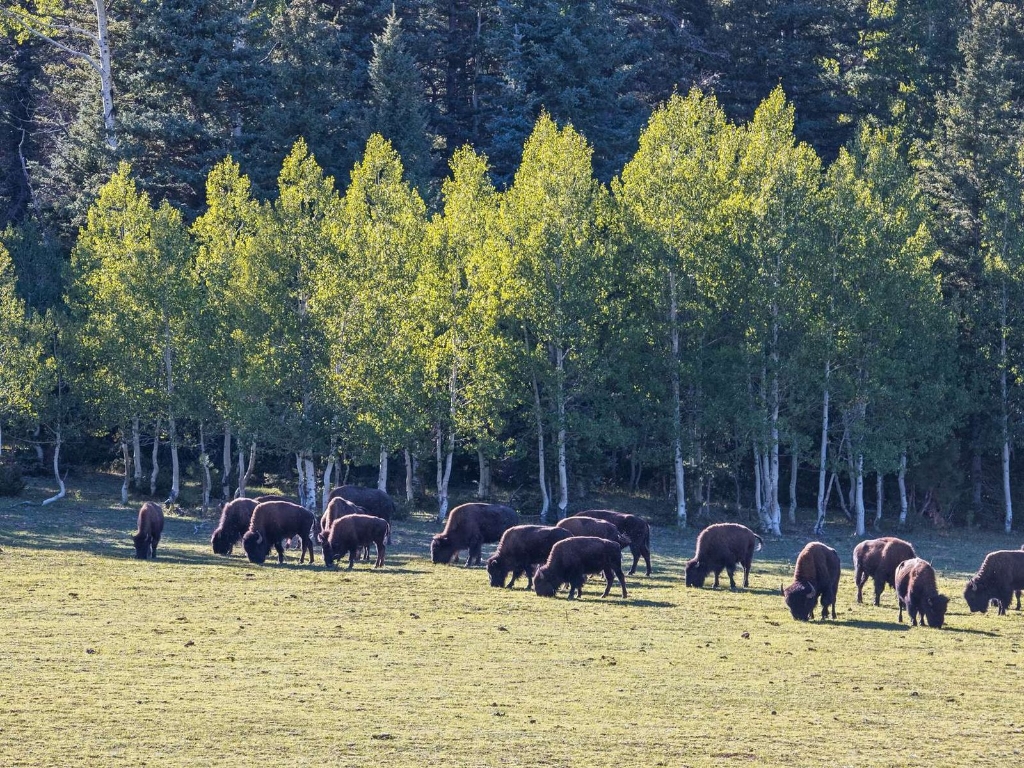
As you passed through Kaibab National Forest and entered the North Rim of Grand Canyon National Park, you probably noticed something unusual. On either side of you, tall and densely clustered pine or aspen trees abruptly end at the edges of this large meadow. The open area that you see extends for miles.
Why would these vibrant forests suddenly stop invading an open, rolling grassy landscape? Several factors are linked to this phenomenon.
Wildfire has certainly played a role.
Drainage is also a limiting factor. Trees are skilled at soaking up water, though seedlings may have a hard time growing in locations exposed to greater amounts of sun, rain, and snow.
Soil chemistry is also a consideration. Natural toxins and higher alkaline concentrations can prevent the growth of woody plants.
Competition is significant. For example, Ponderosa pine trees struggle to grow in areas dominated by established grasses. Variations in bedrock (primarily Kaibab limestone) may also affect how deep or suitable an area is for seedling growth. And grazing wildlife, like mule deer and bison, keep vegetation low and trimmed.
You can also observe this phenomenon along the beginning of Cape Royal Road, here on the North Rim.
Bison Safety
- Bison are wild animals and are unpredictable.
- Maintain a distance of 100 feet (30 m) from bison.
- When the bison are within 100 feet (30 m) of the road, it is recommended to view wildlife from inside a vehicle.
- Please use established gravel or paved pull-outs to park vehicles completely off the roadway (all wheels right of the white line). Do not walk or park in the road.
Is there something we missed for this itinerary?
Itineraries across USA


















































